Make no mistake when buying plants that are so diverse and full of life
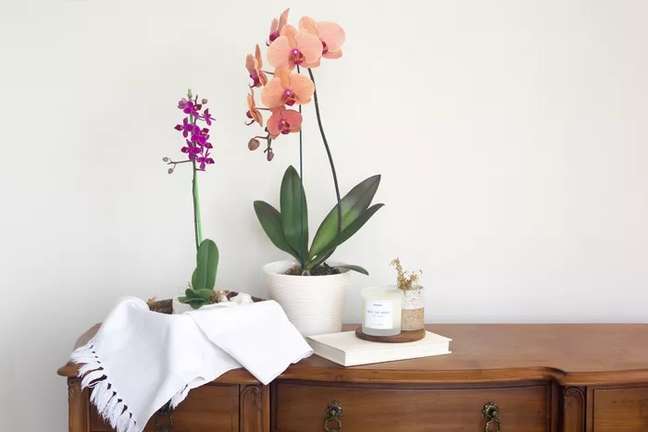
Buying an orchid can be as easy as picking up an impulse plant or as complicated as having to scour growers and specialty websites for a rare specimen.
Either way, it’s a good idea to take a few steps to make sure you get the healthiest plant possible. One that will survive well beyond the first bloom.
Should you buy a blooming orchid?
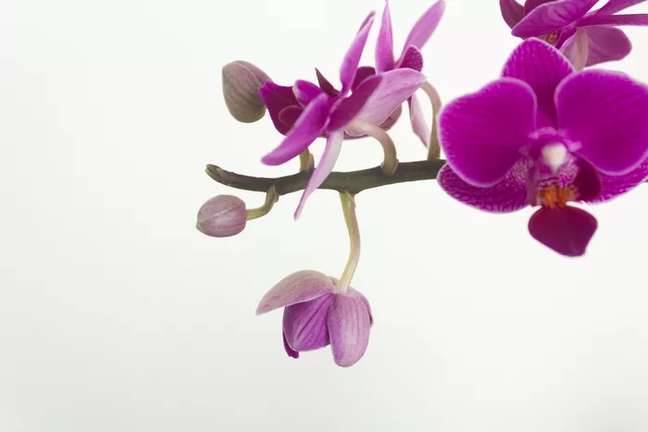
Most people like to buy blooming orchids, after all, who wouldn’t want to bring home such a beautiful plant? The orchid can be placed on the table and enjoyed immediately. This choice, however, can have its downside.
Flowering consumes a huge amount of energy. Many experienced growers know that the butterfly orchid in particular can bloom to death, which means it will have spectacular blooms for a few consecutive years, then wilt and die.
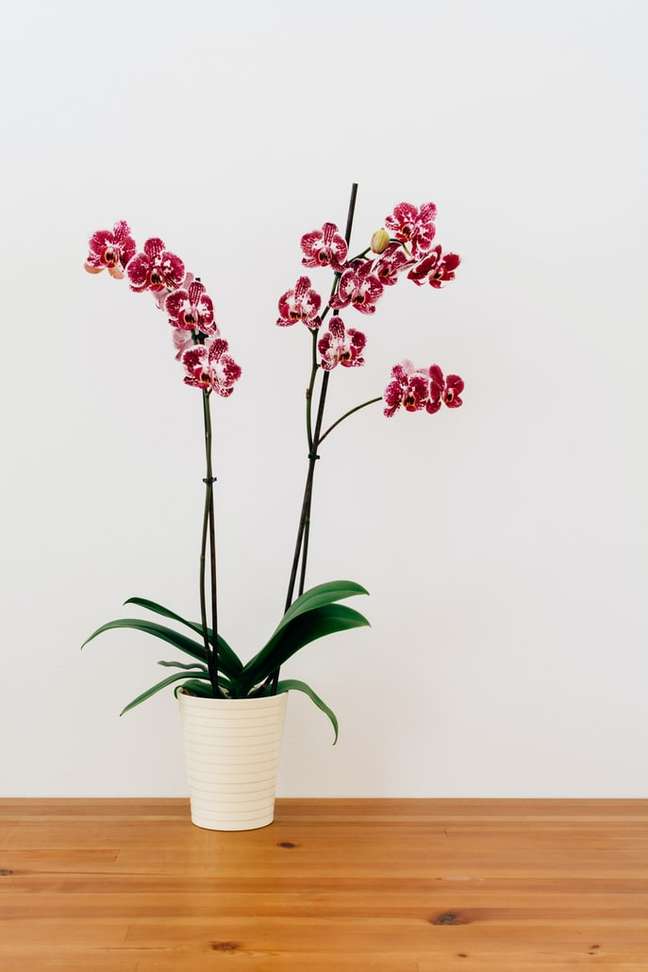
To decide whether to buy a blooming orchid, therefore, you need to consider your intentions. If you want to maximize the chances of your plants living and adapting to growing conditions, it is best to buy plants that are not blooming.
But if you can’t resist viewing orchids in bloom, go for it. Try to choose one with many closed buds so that you can enjoy the flowers for longer.
Choose your orchid
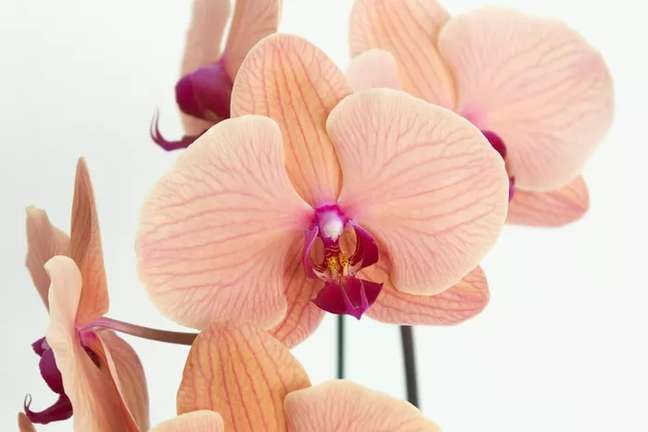
Choosing a healthy orchid is important, whether the plant is a gift or just a tabletop display. Appearance is important, but there are more important factors to consider:
The swing factor
Gently collect the plant near the base of the pot and mix lightly. Epiphytic orchids (including dendrobium, cattleya, phalaenopsis, oncidium, and brassavola) are usually potted in a coarse mixture of bark nuggets, charcoal, polystyrene, and other inorganic and organic materials.
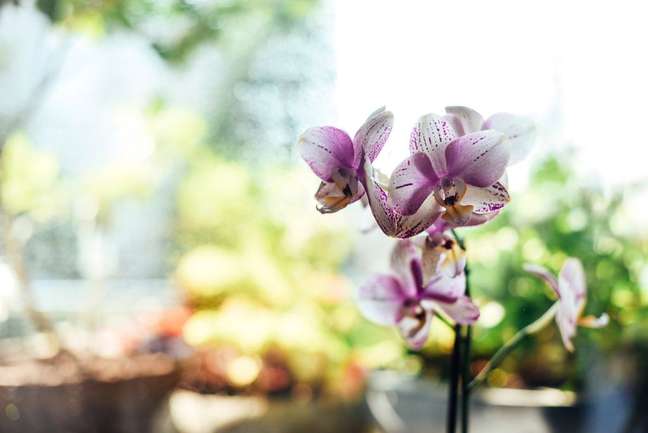
If the roots aren’t firmly attached to the pot, you can lift it up and inspect it carefully. If it is firmly attached to the pot, do not force it out. You don’t want to damage the roots.
It’s okay if some roots protrude from the top of the pot. If the orchid is improperly potted but healthy, you can still purchase it as long as you repot it as soon as possible.
healthy roots
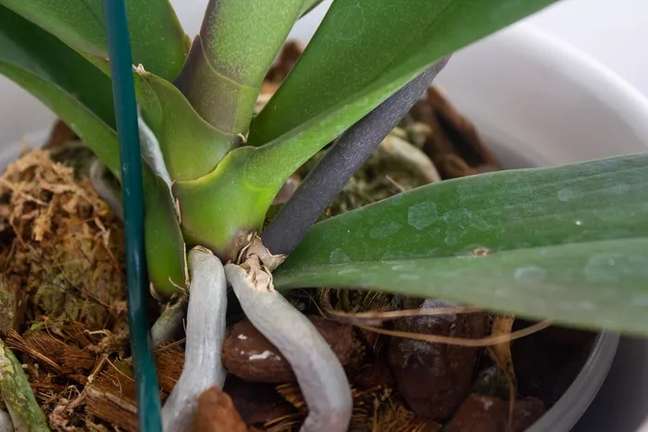
The roots are the most important part of the orchid. Orchid roots are highly specialized organs that collect water quickly and also perform photosynthesis. In the case of epiphytic orchids, they are designed to cling to rough surfaces and anchor the plant high above the forest floor.
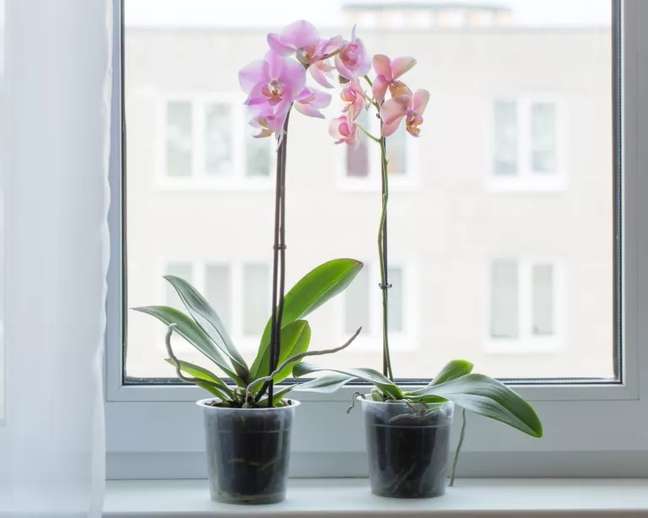
The roots of a healthy orchid will be light green when dry and dark green when wet. There should be a long, pointed, shiny, green growth spike. The longer the growing tip, the healthier the plant.
Dead orchid roots are wilted and tanned when wet and white when dry. A plant with dead roots will not survive.
look at the leaves

This is a difficult topic to address because there is so much variation between orchids. Some have thin, pencil-like leaves, while others have fleshy, flat leaves. Some, like the ghost orchid, are bare and look like a small tangle of roots.
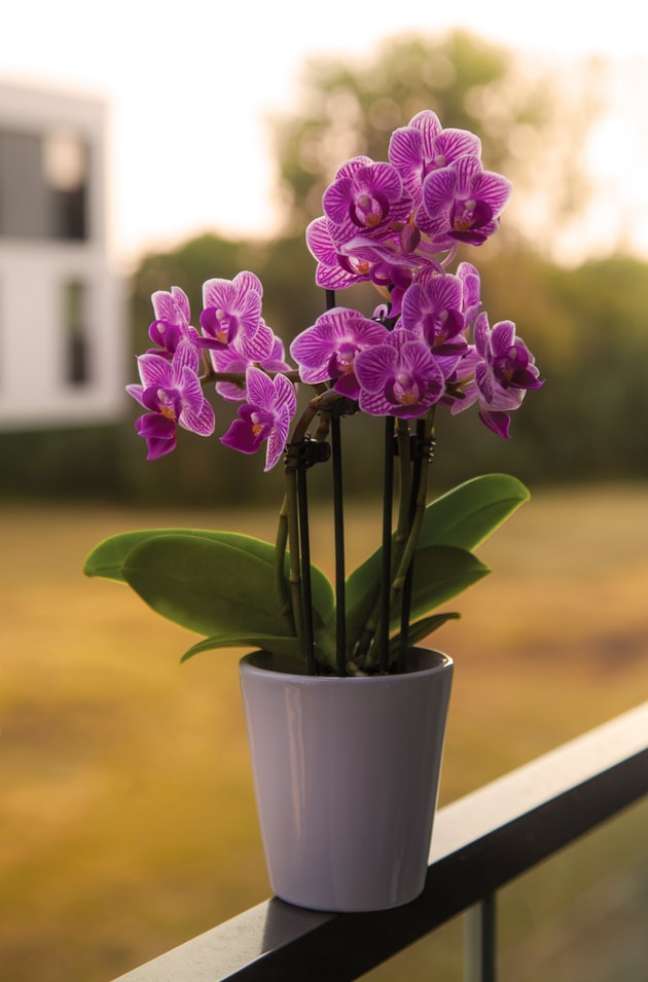
In general, however, you should look for thick, lightly colored and hard leaves. The leaves should be slightly greenish-yellow, almost like a green apple. The very bright green leaves indicate that the plant has probably been overfed and won’t even bloom.
The leaves also need to be free of insects and spots. Finally, make sure the growth point is not destroyed.
check the bulbs
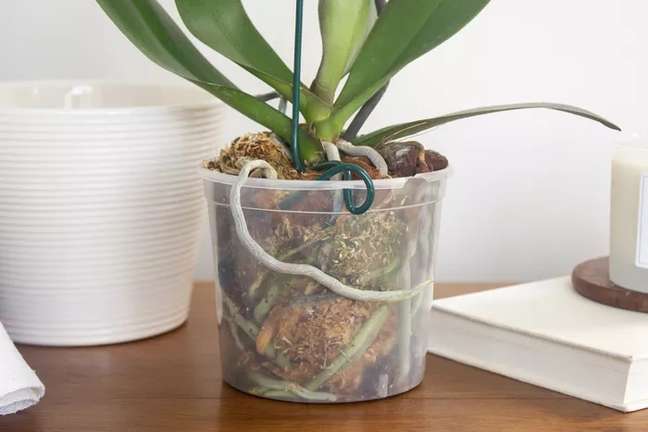
There are two types of epiphytic orchids: those that grow from a single growth point (Phalaenopsis, for example) and those that grow from a creeping rhizome (for example Cattleya).
Plants with a single stem are called monopodial, while plants with a creeping rhizome are called sympodial. Sympodial orchids have a fresh bulb, or pseudobulb, each year with new leaves and flowers.
If you are buying this type of orchid, make sure the pseudobulbs are plump and fleshy.
count the flowers
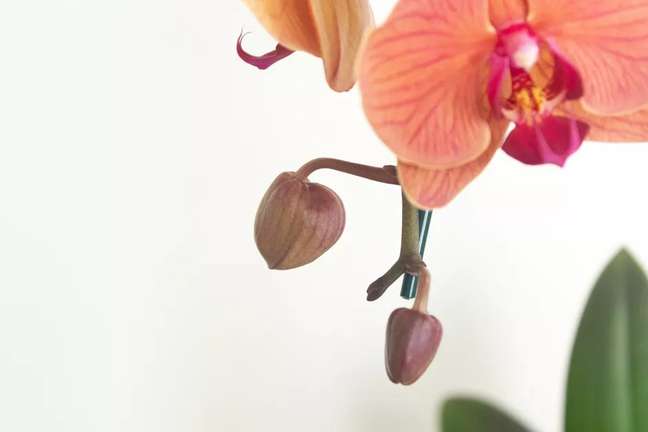
If you are buying a flowering plant, resist the urge to buy a plant with all the flowers already open. Long-lasting orchid flowers can last a month or longer, but if you buy a closed-flowered plant, you’ll enjoy the show for longer.
However, do not purchase plants with yellow or withered flowers, as they are likely to fall off.
get the full name
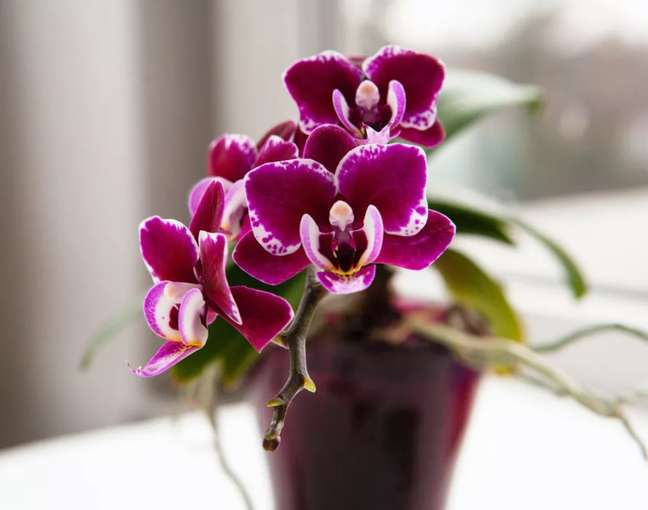
It might seem superfluous, but it’s a good idea to make sure your orchid has a full name label whenever possible. Do not purchase plants labeled “ORCHID” or “ORCHID IN FLOWER”.
It is best to purchase a plant with the full species name or a hybrid whenever possible. This will allow you to learn more about that particular plant, and if you decide to start a collection, it is always good to know what you are growing.
Getting your orchid used
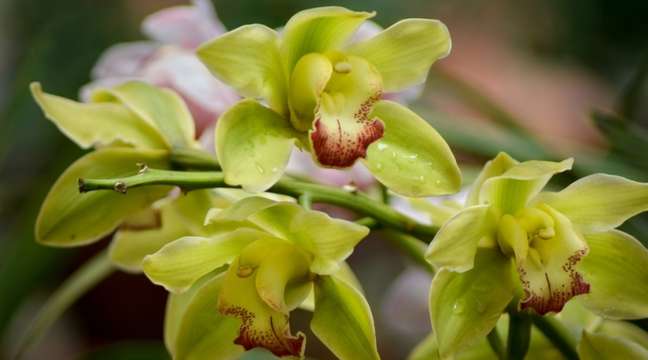
It’s okay to show your new orchid on the table for a week or so when you get home, especially if it’s in bloom. But remember that no orchid will survive on a dining table for long.
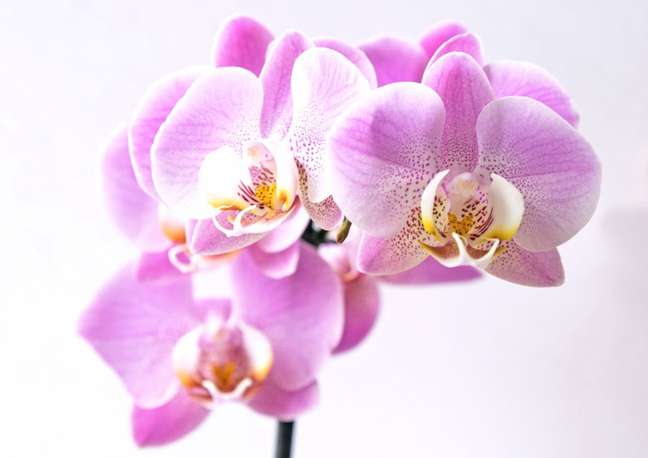
Also, remember that the plant will be in shock when it gets home. Orchids don’t like being moved, especially when they’re in bloom. You are more likely to lose closed buds once you bring the plant home.
Ideally, the first few days in your home should be peaceful. Do not expose the plant to direct sunlight, cold drafts or drafts from its openings or excessive watering.
 “data-image-title =” “data-image-source =” Casa.com.br “/>
“data-image-title =” “data-image-source =” Casa.com.br “/>
This is counterintuitive for many people, but it’s usually better to let an orchid dry out a bit than to drown it. These plants love high humidity and regular humidity, but have a limited tolerance for constant exposure to water, which can cause rot and kill the plant.
When you are ready to move the plant out of its viewing position, search for and follow the specific growing tips for the species you have selected.
* Via L’abete
Source: Terra
Benjamin Smith is a fashion journalist and author at Gossipify, known for his coverage of the latest fashion trends and industry insights. He writes about clothing, shoes, accessories, and runway shows, providing in-depth analysis and unique perspectives. He’s respected for his ability to spot emerging designers and trends, and for providing practical fashion advice to readers.







![More beautiful life in advance: What awaits you in 378 episodes of Thursday, July 17, 2025 [SPOILERS] More beautiful life in advance: What awaits you in 378 episodes of Thursday, July 17, 2025 [SPOILERS]](https://fr.web.img3.acsta.net/img/29/26/2926c7dfebec72c1dbebf5572d75480d.jpg)
